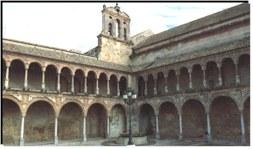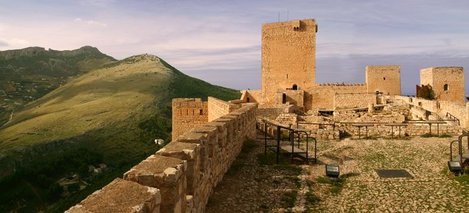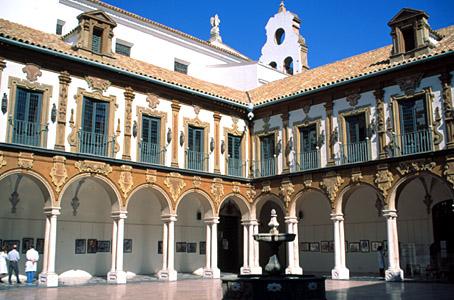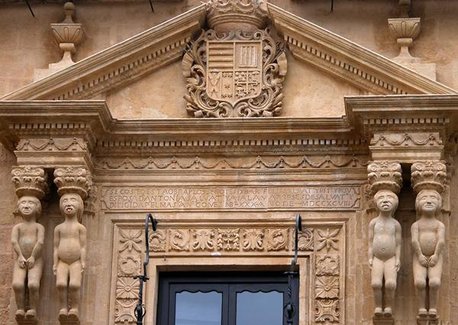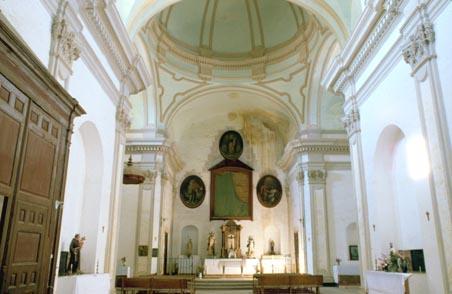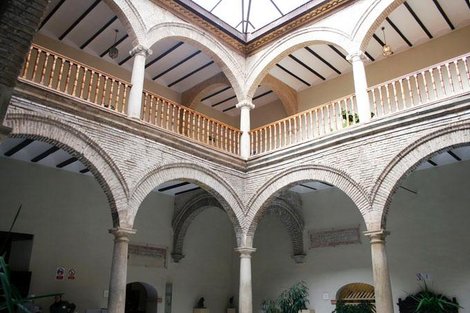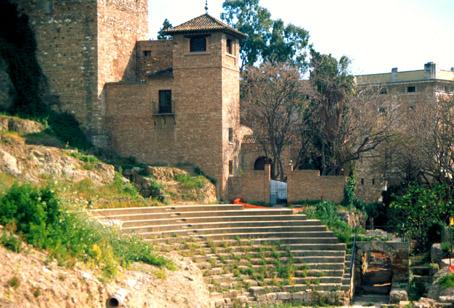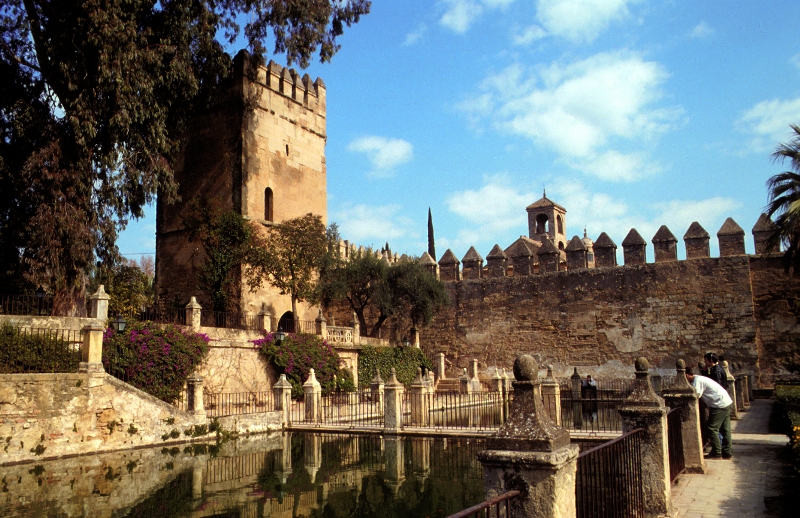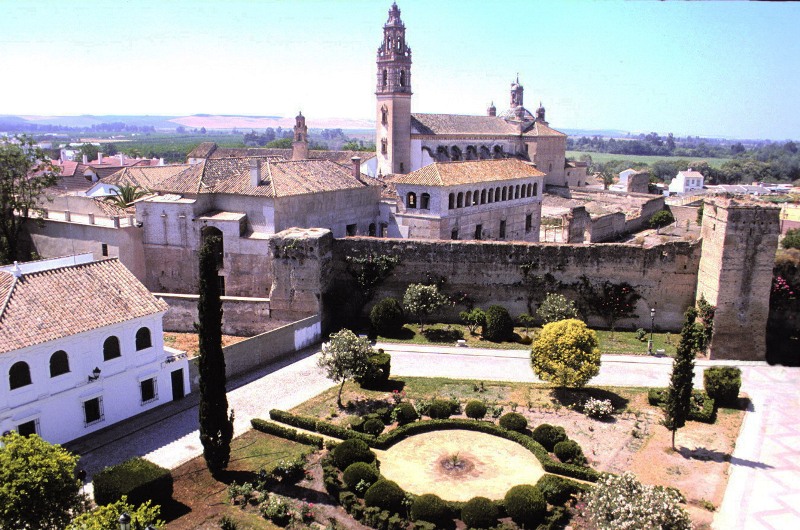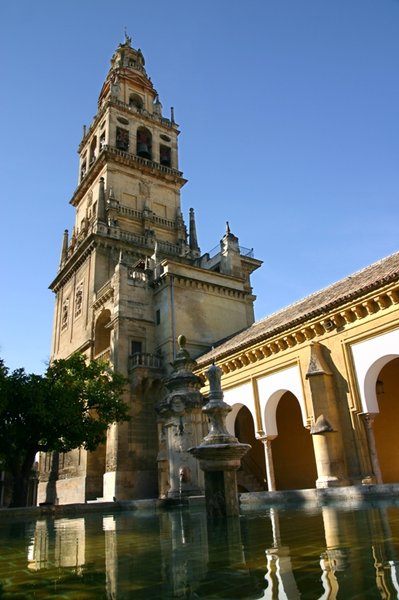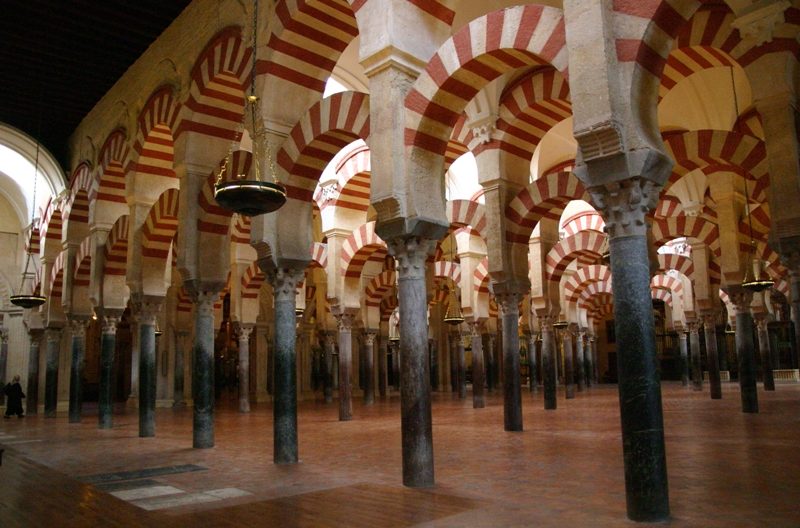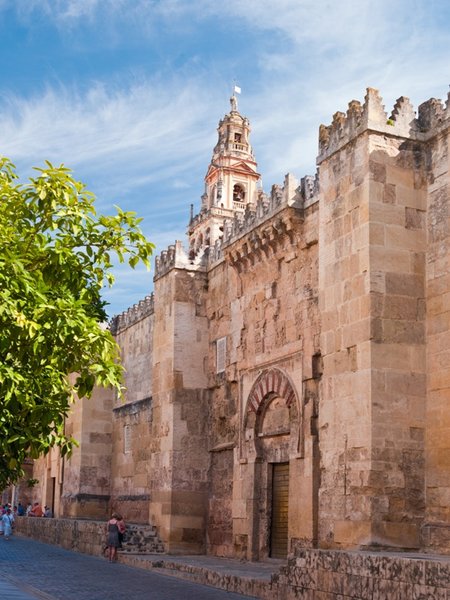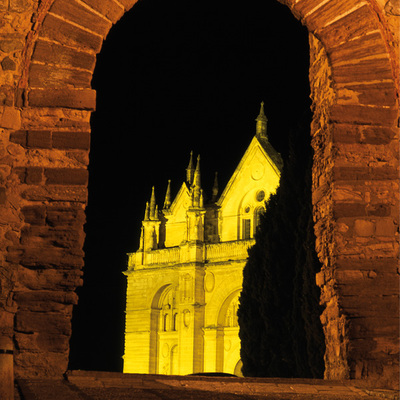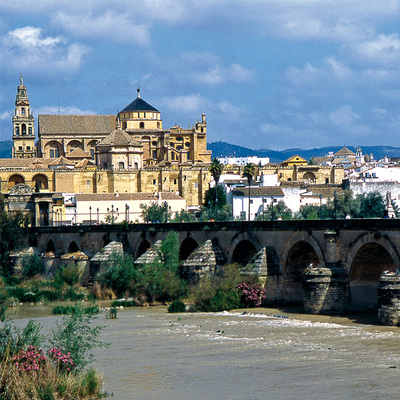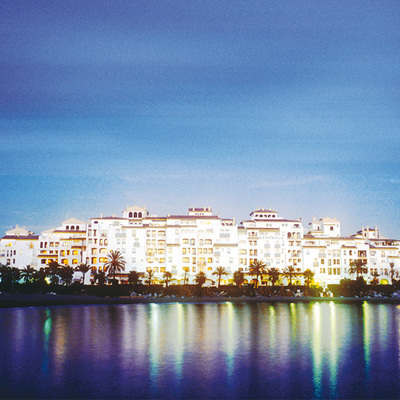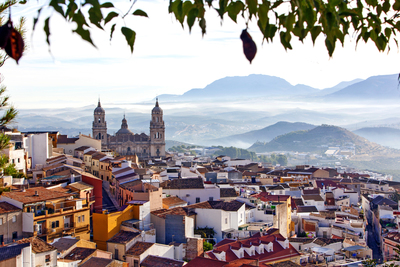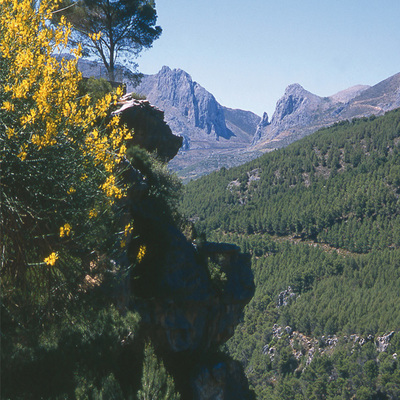Explorers, viceroys and indianos
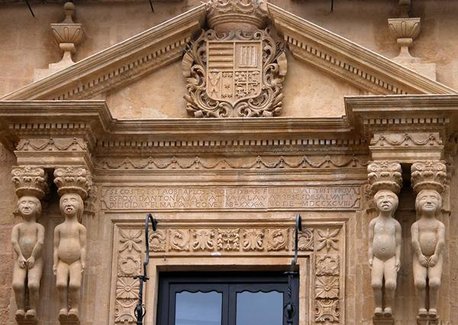
Córdoba
In Córdoba, worthy of note is the village of Trasierra, the birthplace of Beatriz de Arana, married to the Admiral and mother of Hernando Colón, learned biographer of his father. In the Cordovan capital, various settings hint at the presence of Columbus, who lived there in hard times.
He may have lodged at the Convent of La Merced (15th-18th C.) and visited the court of Isabel and Ferdinand in the Alcázar of the Christian King and Queen (14th-18th C.). He must also have frequented the Convent of San Francisco (13th-18th C.). Later on, this convent would take in religious men on their way to America and would benefit from the donations given by those who emigrated there, as did other religious foundations such as the Convent of San Agustín and the Mosque-Cathedral, the Andalusian building most admired by Christopher Columbus.
Here, in his own chapel, lies the Inca Garcilaso (16th-17th C.), an author who symbolises the merging of the cultures of America and of Spain. He was born in Cuzco and moved from Peru to the Spanish mainland, settling in Montilla, in the house called Casa del Inca Garcilaso (16th-17th C.), an example of the mansions of the Cordovan nobility, now a museum.
In the Church of Santiago (16th-18th C.), one can appreciate the unique examples of the craftsmanship of the native South Americans, such as the Christ of Zacatecas. Also worth mentioning is Palma del Río, where evidence is to be found of Friar Junipero Sierra´s stay in the Convent of Los Angeles, which would give its name to the Californian city.
Jaén
The cities of Jaén produced may pioneers and high-ranking officials, as is suggested by the wealth of the architecture of the nobility. It is worth mentioning the Palacio de Villardompardo (16th-18th C.), now a museum, which is situated in the capital and which was built by P. de Torres, the Viceroy of Peru, on Arab baths.
In Ubeda, the Palacio de Mancera (18th C.) was the ancestral home of a line of viceroys of Peru and New Spain.
Málaga
In Málaga, the Santuario de la Victoria (15th-18th C.) is a reminder of the patrons of the Discovery. Other buildings such as the Consulate represent the great role the city played in trade and commerce in the 18th Century, reaching as far as the Americas.
Ronda´s most outstanding features are perhaps the Casa de Moctezuma (17th C.), residence of the descendants of the last Mexican Emperor, and the Palacio de Salvatierra (17th C.), the decoration of which is obviously influenced by the native Indian style.
Lastly, the town of Macharaviaya is an example of a destiny linked to America. During the 18th Century, the Gálvez family (viceroys and governors) made the town prosperous by establishing a factory of playing cards, which were then exported to America. The Church of San Jacinto, reminiscent of the colonial style and housing the Gálvez family pantheon, is symbolic of this past.

